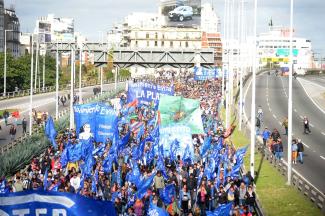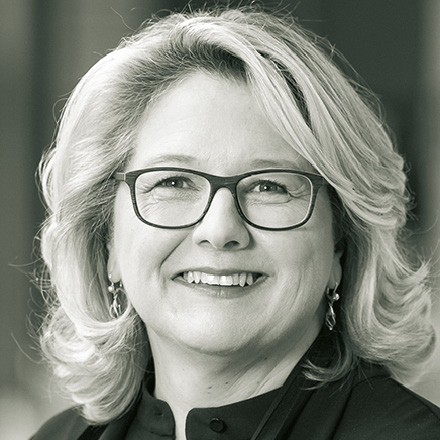Debt restructuring
Alternative structural adjustment
 picture-alliance/Pacific Press Agency
picture-alliance/Pacific Press Agency
Important criteria for such options include:
- Distribution effects must be explicitly taken into account during the design of adjustment programmes. In case of doubt, these concerns should guide decisionmaking.
- The link between structural adjustment and debt relief needs to be redefined. Whatever is achieved in terms of adjustment, must be sufficiently rewarded through debt cancellation. And in line with this principle, people must see that the their country’s efforts pay in terms of a reduced debt burden.
- The IMF is the decisive actor in the definition of adjustment policies. Its lack of democratic legitimacy, however, is reflected in its policies. It drafts programmes that over-indebted countries cannot reject.
Several steps would boost the legitimacy of the IMF:
- The Fund could gear decisions more stringently to reducing inequality. Doing so would improve the lot of the poorest people at the expense of both local elites and international lenders.
- Developing and newly industrialising countries should be given more of a voice inside the IMF. With its present governance structure it is being dominated by the G7 countries.
- The IMF should step back from its current triple role as lender, monopolist of mandatory evaluations and primary author of reform programmes. The quality of reform programmes would benefit from such a step. They would no longer exclusively be drafted by an institution that is focused on ensuring the servicing of its own loans, and also has the monopoly on interpreting countries’ need for debt relief.
Pioneers of proposing alternative adjustment strategies are the UN Economic Commission for Africa, Oxfam and the ILO (International Labour Organization). The UN Economic Commission presented its African Alternative Framework to Structural Adjustment Programmes for Socio-economic Recovery and Transformation (AAF-SAP) as early as 1990. Oxfam developed the concept of “structural transformation” and thus made suggestions from a civil-society perspective. The ILO formulated the notion of “adjustment with a human face”. Various proposals for pro-poor growth are also relevant. (jk)
Sources
Jolly, R., 1985: Adjustment with a human face. In Jolly, R.: Milestones and turning points in development thinking. Palgrave Macmillan.
UN Economic Commission for Africa, 1990: African Alternative Framework.
http://repository.uneca.org/handle/10855/5670




